
16 minute read
Keeping it simple with KNX
Mark Warburton, Director
KNX hit 30 years of age in 2020. With over 500 brands now producing KNX-compatible products it’s also widely recognised, backed by 93,000+ trained and committed integrators across 190 countries.
These figures paint a powerful picture of what is possible with KNX and the extent it is accepted worldwide. However, it can also sound pretty daunting, particularly when you consider the vast range of products to control lighting, shading, AV, security, HVAC and more. You’d be forgiven for being a little scared by KNX.
Too many devices?
The most common question is how can this be simple when we are working with so many complicated devices, numerous functions, parameters and configurations?
The key is decentralisation.
Each device in a KNX system has the capability to perform its own function, meaning complex operations take place before information is shared with the rest of the system. What’s more, individual devices are able to communicate directly without commands needed to be processed by a central server.
This means the size and complexity of the system is only ever what you need. The overhead of running centralised servers is removed and if you ever need to upgrade devices you can replace components individually without changing other parts of the system.
©stock.adobe.com/au/starush

Decentralisation also mean you can select the right device for the right application. When you are faced with quickly evolving specifications, knowing the system you are using can easily be changed is not only reassuring but also makes your project more profitable.
Devices that operate independently, whilst interacting through a common language, KNX, means you have a system that is easy to scale, reliable and offers you huge flexibility.
Just like turning something on or off
So with all these devices, controlling so many different functions, surely the KNX communication must get pretty messy? Quite the opposite.
What KNX actually does is very simple. Not because the system or what we are trying to control is basic, but because the level of interface and interaction is straightforward. In fact, there are really only three levels of control needed: • Turning something on/off • Turning something up/down • Sending a value
When we approach systems communication with this mindset it becomes much clearer that although the devices we use can be extremely complex in their intelligence, and be controlling a myriad of sub systems, the basic way they communicate with each other is actually very simple.
So, the complexity must be in the software? Wrong again.
Easy with ETS
ETS is the software used to commission KNX projects, and to brand it complicated is to judge a book by its cover.
To configure a project from beginning to end there are only five individual steps: • Create the project • Add devices from the online catalogue • Configure device parameters • Link devices • Download
Of course some of these steps are more involved, and there is no getting away from the fact that a large project has a lot going on. However, ETS is jam-packed with tools to make it as simple as possible to commission, debug and maintain projects.
Getting to grips with the way ETS works is something the KNX Basic course focuses on and you will quickly start to feel comfortable with the interface. It is then a case of exploring how specific devices work as the process for commissioning doesn’t change, even if you change manufacturers or device type eg, from lighting to HVAC.
As your confidence grows you will start to see ETS for the extremely powerful yet simple application that it is.
The path to KNX enlightenment
The biggest takeaway is that KNX is not scary. For many it has already proven to be the opposite, taking their businesses to new heights and allowing them to work on projects not possible with the systems relied on previously. It provides a robust and versatile solution that you can use to deliver projects of all types and sizes.
Getting started with KNX is simple as well. With so many great resources available, including foundational courses, videos and articles, you’ll quickly have the foundations needed to use KNX on your next project. Most importantly, you have the support of an amazing community. You’re never on your own when using KNX! Visit the local website for information on KNX training, compatible products and other resources.
CASE STUDY
Biometric controls for COVID-safe return to work
©stock.adobe.com/au/spainter_vfx

Augmented identify vendor IDEMIA has deployed its MorphoWave Compact biometric contactless fingerprint reader for access control to two prominent Sydney office towers.
Both the Gateway building at Circular Quay and 100 Mount Street in North Sydney now feature safe and secure access control, the ideal solution as many organisations struggle to implement a returnto-work program that addresses COVID-19 safety requirements.
The devices were integrated within the access control and building management at Gateway, delivering secure, frictionless and fast employee access. Gateway is the first office building in Australia to offer fully integrated, touchless entry technology. Over 30 MorphoWave Compact units have been installed at entrances and carparks within the building, replacing traditional swipe cards. With a simple wave of a hand above the fingerprint reader, users are able to open security gates and locker doors, gain carpark access and call lifts without touching the device directly, therefore maintaining better hygiene standards.
MorphoWave Compact is the company’s flagship biometric device for physical access control. It uses patented, touchless 3D fingerprint technology to accurately scan four fingers in 3D within a second when a hand is waved over the reader. It is fully equipped with anti-fraud features such as fake finger detection and banned user lists, and can scan and verify up to 50 people per minute, which makes it suitable for secure yet fast access. The device is IP65 rated and Powered over the Ethernet (PoE+), enabling the devices to be installed at both indoor and outdoor locations.
The Gateway building is owned by the Dexus Wholesale Property Fund and is the second Dexus-managed building to install this touchless technology, following the rollout of MorphoWave devices at 100 Mount Street.
Demand for contactless technology has risen as organisations look for ways to seamlessly manage high-traffic environments. With four-finger detection in 3D, high throughput rate, multifactor authentication and an easy-to-use interface, the MorphoWave Compact device has become a benchmark for frictionless access.
“This touchless entry technology at Gateway and 100 Mount Street is enabling us to deliver a safe, secure and seamless experience for our customers,” said Mark Hansen, Chief Information Officer, Dexus.
IDEMIA www.idemia.com
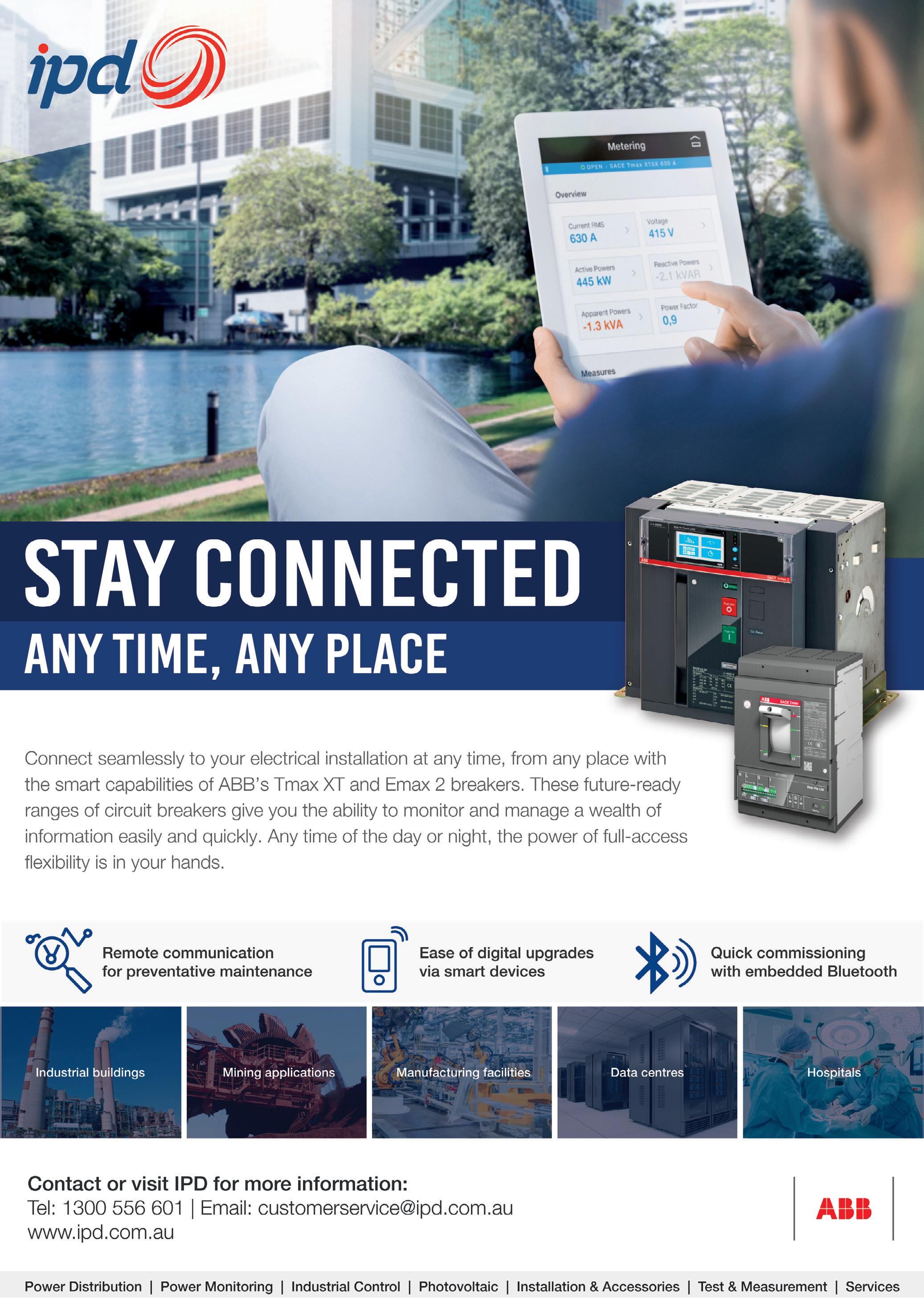

Electrical testing technology
Fluke FieldSense technology offers a safe way to measure voltage by isolating the measurement tool from the voltage source under test. This means that users can conduct test and measurement without contact to live conductors.
The technology senses electrical fields in the open forks of its FieldSense-enabled test tools, including the Fluke T6 series of electrical testers. This allows Fluke tools to be able to measure voltage and current through cable insulation. By doing so, electricians and technicians are provided with an additional layer of safety to protect them from potentially dangerous electrical contact points.
Commercial and light industrial electricians can use FieldSensebased devices for voltage and current measurements, verifying continuity values, and testing individual circuits.
Fluke FieldSense requires no metal-to-metal contact when measuring AC voltage, meaning there is no need for probes or alligator clips to be attached to the conductor. It puts users out of harm’s way of sparks and arc flashes, meaning they can work safely and quickly, taking measurements with only one hand.
By not requiring contact, the technology allows measurements to be taken at any point along the conductor, meaning that crowded junction boxes are no longer an issue. Unlike traditional testers, it goes beyond simple detection and provides information on how much voltage is present.
Fluke Networks
www.flukenetworks.com
Energy management devices
ABB’s System pro M compact InSite connected devices provide a scalable cloud-integrated solution to optimise and manage energy consumption.
Designed for commercial and industrial buildings, the range can be installed as a standalone solution or integrated into any IT infrastructure, to help users achieve a high standard of energy efficiency compliance and save up to 20% on energy bills.
The preassembled kits are designed to make sub and final electrical distribution smarter with minimal effort. Once installed, system diagnostics and real-time notifications track electrical system performance. Actions can also be programmed on the web user interface, which automatically reacts to the system conditions without the need for manual intervention.
The solution delivers high data security standards and regular firmware updates. Central to the range is the SCU100 control unit, which allows users to better manage energy in subdistribution panel boards. The unit can gather data from up to 16 energy and power meters, as well current sensors for branch measurement.
ABB Australia Pty Ltd
www.abbaustralia.com.au
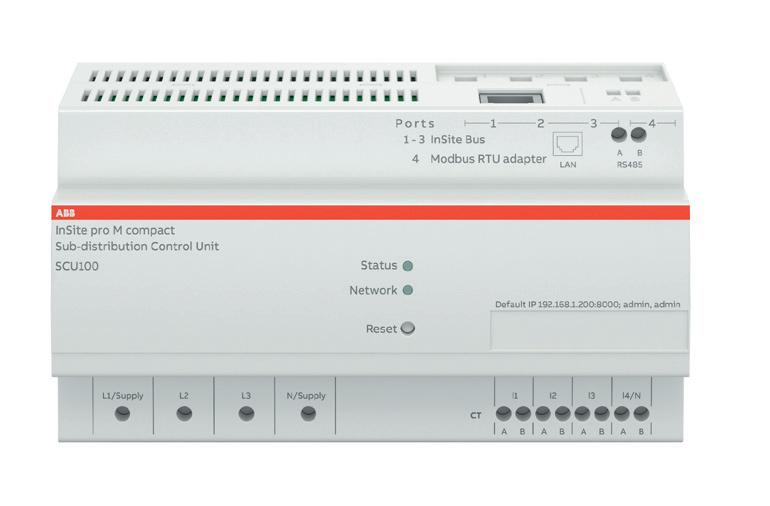

Plugs and sockets
The SolConeX by R.Stahl is the latest in a series of explosion-protected plugs and sockets, available from Control Logic. The series is versatile and has clever features for quick and easy installation.
Fully compatible with older versions, the SolConeX range can be used in Zones 1, 2, 21 and 22, and is suitable for all international wiring systems. Thanks to a deep-drawn enclosure wall, there is more space in the connection chamber for the load disconnect switch for quick set-up. An integrated strain relief ensures optimal contact during operation, and the self-cleaning contact stacks have been developed to minimise contact resistance.
For control and status signals, there is the option of retrofitting up to two auxiliary contacts. The switch sockets are available for currents between 16 and 125 A, and for connection cross-sections of up to 150 mm².
Control Logic Pty Ltd
www.controllogic.com.au




CASE STUDY
New IT solution for NZ’s largest retirement village group
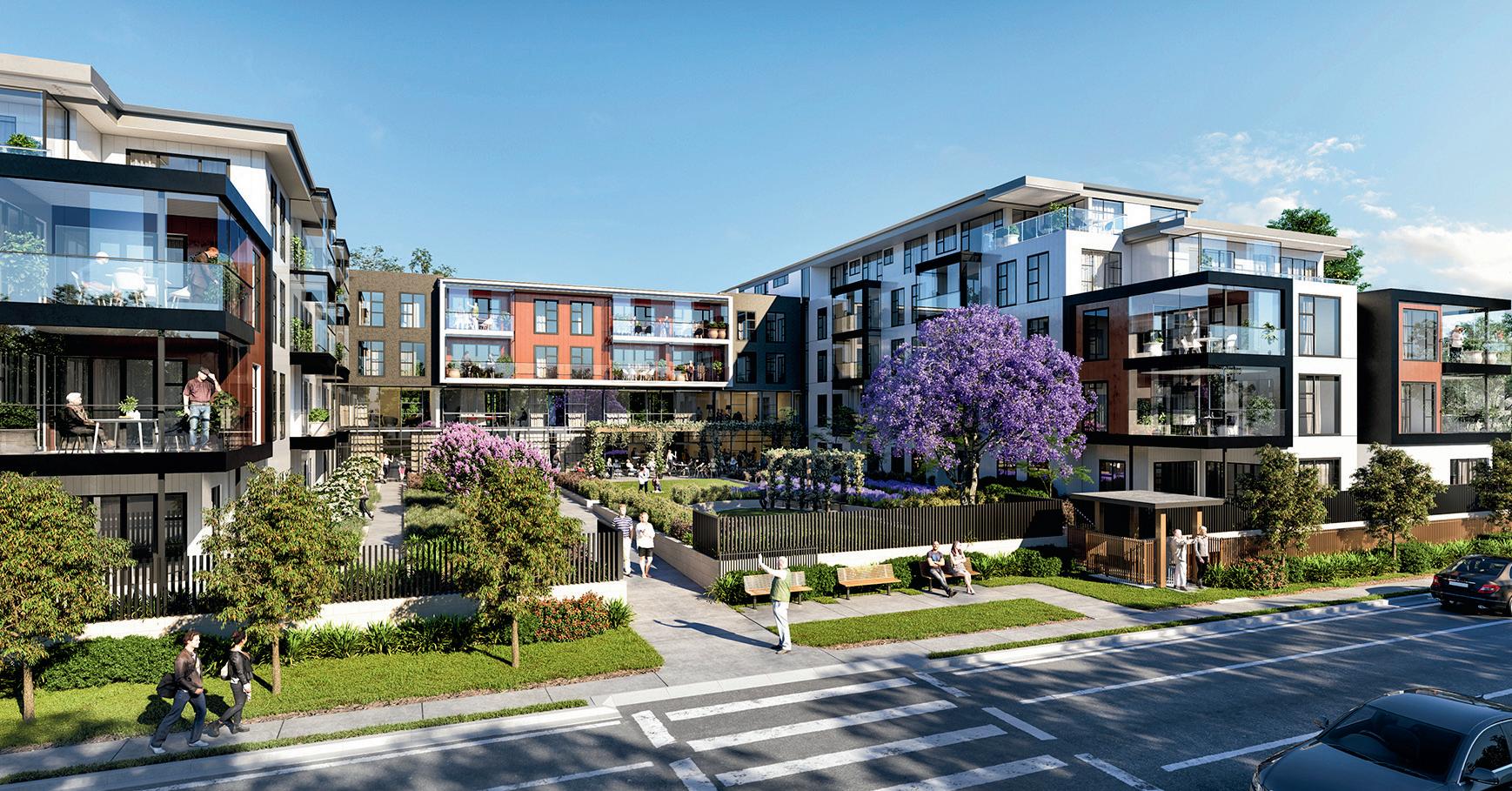
Oceania Healthcare is one of New Zealand’s largest owners and operators of retirement villages. The group has 46 locations across the country, with around 2500 care rooms and around 1000 independent living villas and apartments. Caring for over 4000 residents, the group prides itself on the care, choice, respect and dignity given to each individual.
In 2017, a full review of the company’s IT infrastructure was carried out. The infrastructure was ageing and was not uniform across the multiple sites. On completion of the review, the group made a commitment to undergo a digital transformation aiming for four main developments: 1) the installation of equipment that was easy to use; 2) centralised management of hardware and software; 3) standardised and integrated solutions for platforms; and 4) a robust and reliable backup solution for critical infrastructure. The challenge
Across the 46 sites, there were two main concerns for Oceania Healthcare when it came to the existing IT infrastructure: an ageing uninterrupted power supply (UPS) solution and lack of remote monitoring capability.
The existing UPS solution was approximately five years old and had not been well serviced, meaning the consumable battery components had not been replaced.
Contacting APC by Schneider Electric, Oceania Healthcare needed an IT solution that would be standardised across the sites, have remote access capability so that everything could be viewed from one location, and be reliable and robust so the company could ensure the ongoing care and support of their residents.
Andrew Mantle, ICT Support Manager at Oceania, said, “We need to provide a very reliable IT service to our facility care team to enable them to care for our residents without any technical issues.
“Our Resident Records, including all clinical information, is now digital and all care is fully or partially reliant on technology.
“Real-time data capture at point of care is crucial in improving the quality of care given to our residents. With readily available data we can progress from reactive to proactive care and aim high for predictive care in the future to our residents.”
The solution
At each care and village facility, Oceania Healthcare has IT network infrastructure, Wi-Fi infrastructure, emergency nurse call systems, clinical nursing stations and admin offices. To ensure these systems are online and available 24/7, APC Smart UPSs with 1 or 1.5 kVA network management cards were deployed throughout the sites.
Along with supplying the hardware, Schneider Electric also carried out the installation. There is a service agreement in place for maintenance support to ensure the products continue to work optimally over time.
At the larger facilities, an APC battery system has been installed to support critical loads for up to two hours. This will ensure the IT systems which house residents’ information, and critical nurse call systems, are always available.
Schneider Electric’s EcoStruxure IT Expert software was chosen to monitor and manage the sites remotely. The cloud-based app allows users to proactively monitor and manage their IT equipment with customisable dashboards, remote device management, alert and alarm notifications as well as analytics for smarter decision-making.
For a multi-location group such as Oceania Healthcare, the solution allows easy access to all sites from one tool, producing efficiencies and benchmarking opportunities.
“The EcoStruxure IT Expert phone and desktop app has already proven itself,” Mantle said.
“The solution provides us with proactive alerts on issues not just relating to the UPS, but also heating in our facility comms rooms. Because we saw the value in the software very early on, we have also expanded the solution to encompass our nurse call system. Now we can ensure it is also always up and running and we continue to be ahead of any upcoming maintenance.”
To keep all the networking and comms hardware tidy and in good working order, APC Netshelter Power Distribution Units (PDUs) were included in the scope for each project. This helped to ensure consistency and standardisation across all sites.
Oceania Healthcare chose to have all the services installed by a Schneider Electric certified APC engineer. This gave them peace of mind that the project would be completed correctly, with increased speed and minimal downtime. The outcome
With the project successfully deployed and all facilities now live, Oceania Healthcare have a much better view of their IT infrastructure and a better understanding of their ongoing maintenance needs.
“Schneider Electric was able to complete the project swiftly and with minimal downtime,” Mantle said.
“Each facility deployment was very well planned and facility management and care teams were aware of the changes happening each day. This allowed us to ensure resident care was not affected in any way.”
In addition to the ongoing monitoring which EcoStruxure IT Expert offers, Oceania Healthcare have found the software to be beneficial in other areas too.
“EcoStruxure IT Expert also provides us with insightful analytics and predictive maintenance schedules. We can ensure maintenance is done proactively, reducing the likelihood of downtime.
“I am very happy with the outcomes of the project and we are very proud of what we’ve achieved. We look forward to continuing to work with Schneider Electric in the future on new facility development projects.” Schneider Electric www.se.com/au

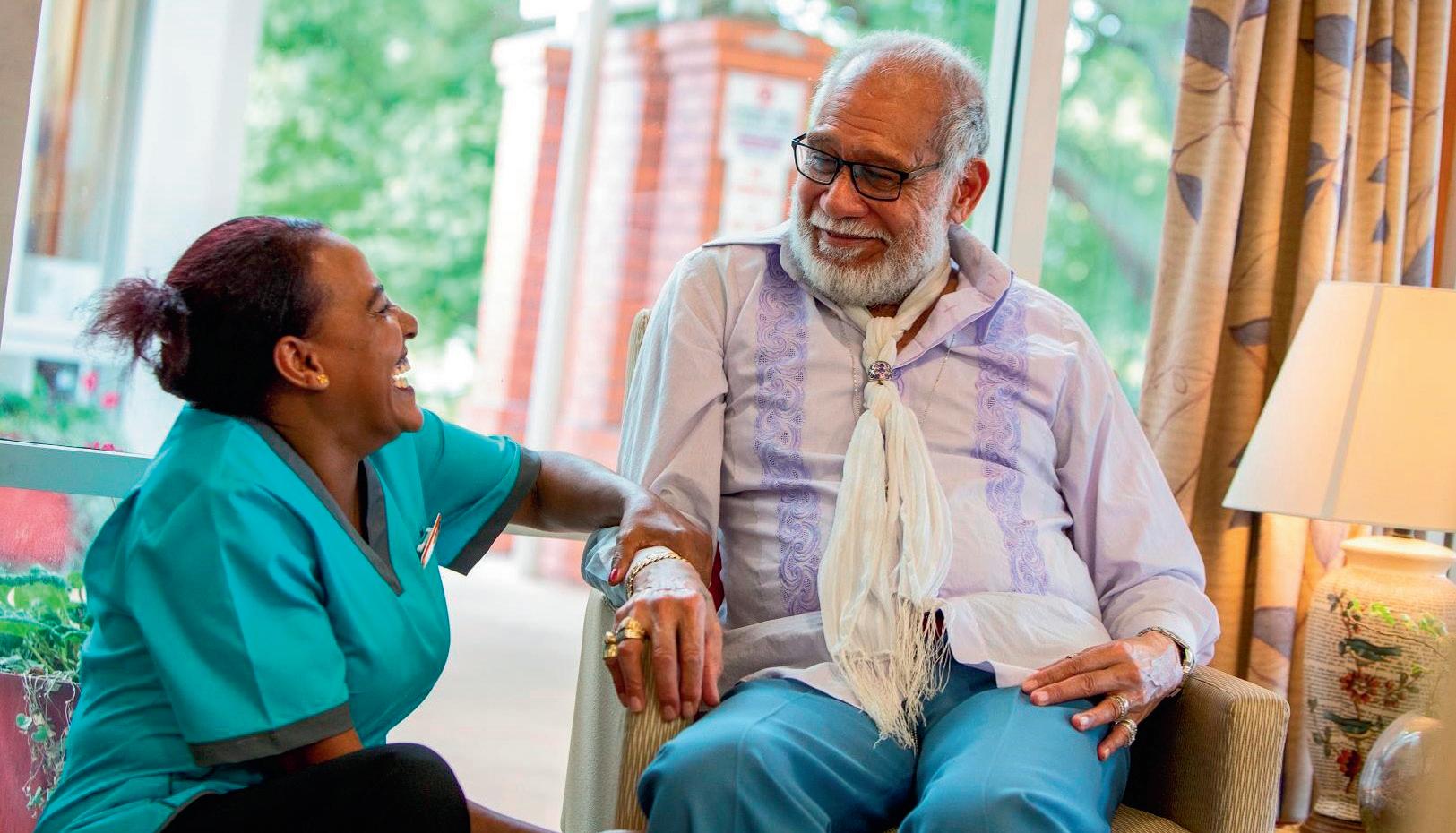

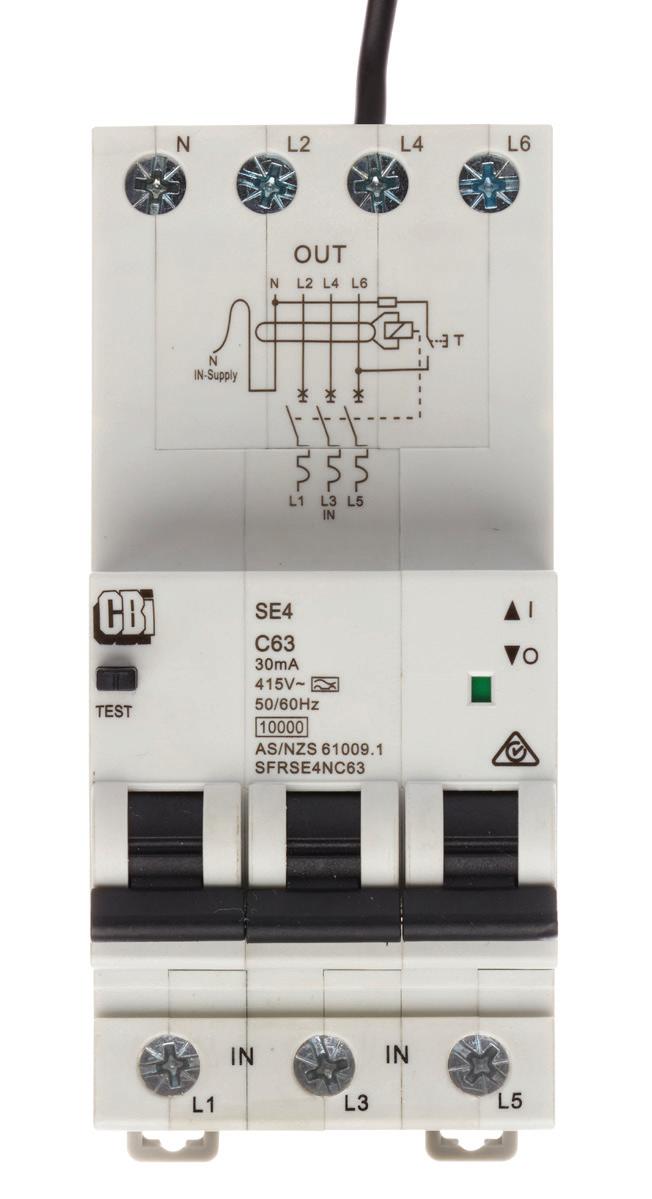



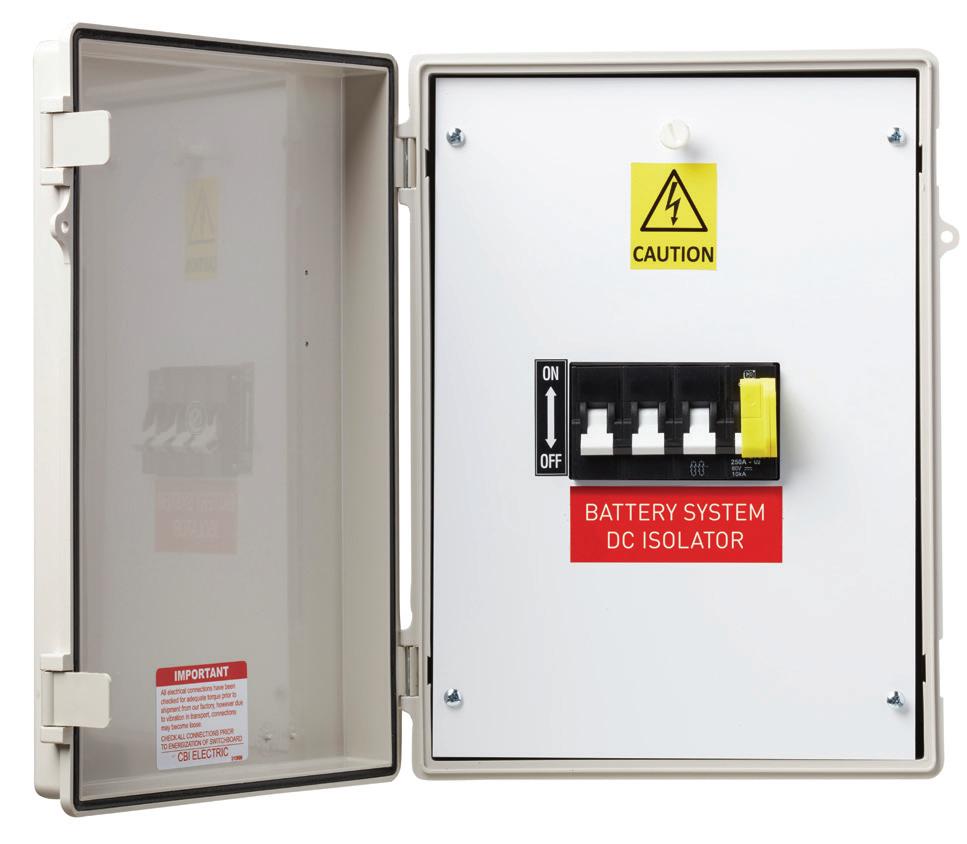


Cooling telecoms cabinet range

The STULZ CabinetAir PRT solution is the latest addition to the company’s Shelter Cooling portfolio. CabinetAir PRT is specifically designed to control the temperature in outdoor multifunction telecommunications cabinets by combining the benefits of mechanical cooling with energy-saving direct free cooling technology.
CabinetAir PRT operates at a temperature range of -20 to 60°C and has been designed to offer reliable operation, even during extreme temperature fluctuations. As well as substantially lowering the noise level of active system equipment, its direct free cooling technology helps to significantly reduce energy consumption by using the outside temperature to cool the telecommunications cabinet.
For locations with frequently higher outside temperatures, CabinetAir PRT combines direct free cooling with mechanical cooling. Both modes are controlled by an integrated STULZ C100 microprocessor to cool down the inside at any time with maximum efficiency. The STULZ C100 also allows optional connection to a central building management system via Modbus RTU, as well as alarm management and a multi-level configuration menu with password protection. Additionally, a control panel is available for displaying status and system messages, and for changing parameters.
The CabinetAir PRT range is available in three versions — fully integrated, semiintegrated and side mounted — to suit the requirements of different locations and provide maximum flexibility.
STULZ Australia Pty Ltd
www.stulz.com.au The Epson EH-TW5700 projector incorporates an in-built Chromecast for entertainment viewing smartphone or tablet. The projector also comes with a voicecontrolled, in-built Epson Smart Media Player for wireless streaming of over 4000 apps without the need for an external smart device.
The EH-TW5700 offers 1080p resolution delivery Full HD up to 330″ on virtually any wall or screen. It features 2700 lm colour brightness and 2700 lm white brightness, with a contrast ratio up to 35,000:1.
The Detail Enhancement feature uses mixed colour separation techniques and imaging simulation to deliver crisp, clear images from DVDs and standard definition content. Blurry images are sharpened using an upscaling process and frame interpolation smooths fast motion footage. The projector incorporates an in-built 10 W speaker for standalone entertainment and output audio capability via cable or Bluetooth.
Vertical auto keystone correction and a 1–1.2x zoom ratio allows for quick and easy installation in a variety of spaces. The EH-TW5700 comes with a two-year warranty and a lamp life of 7500 h in ECO mode.
Epson Australia Pty Ltd
www.epson.com.au

AC and device automation
The Nature Remo 3 is a tiny, wall-mounted device that uses built-in sensors and a connected smartphone app to make any IR remote-controlled air conditioner or other home appliances smart. Automatically control cooling and heating from anywhere through a mobile app. When linked to a smart speaker or voice assistant, it also allows voice control of AC.
The Nature Remo 3 allows users to create automation triggers like GPS location and timers, while built-in environmental sensors for temperature, humidity, lighting and movement automatically operate the air conditioner.
The device works with Amazon Echo, Google Home and Apple Homepod.
Nature Inc
www.en.nature.global









